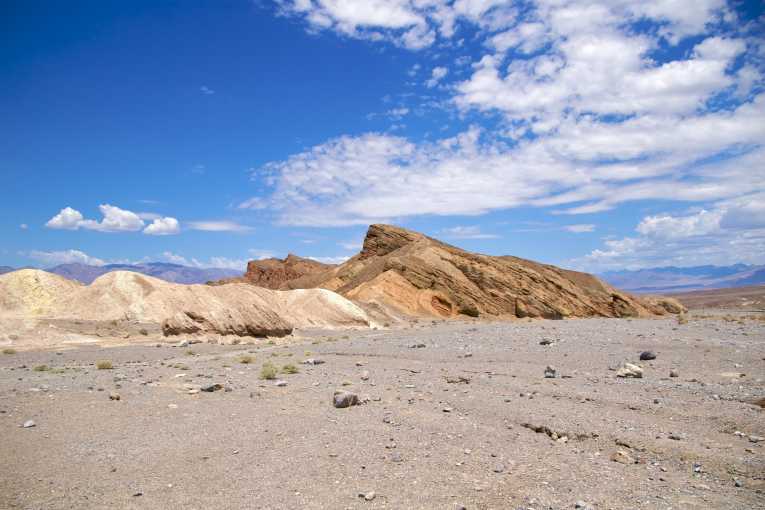A new study looks at predicted climatic changes in protected areas of California and attempts to identify the future of species and ecosystems with these variations in foresight.
Climate is a major factor in controlling global patterns of vegetation structure and productivity, as well as plant and animal species composition. And although species have throughout geological time responded to climate fluctuations, one of the primary concerns of conservation biologists is the current rapid rates of human-caused climate change.
An article, currently in press in the journal Biological Conservation, uses projections of future climate conditions to assess how climate may change under future conditions. This model also permits the researches to identify climatic conditions that may no longer occur, referred to as 'disappearing climates', or that will be new to that state, termed as 'novel climates'.
According to the predictions developed during this study future climatic shifts will cause some combinations of climate factors that currently exist to disappear from the state. These disappearing climate conditions were generally toward cooler and wetter environmental states. Geographically, the disappearing climates occur in the northern California coast and areas of the Mono Basin, Death Valley, and the south-eastern Great Basin.
Novel climates will be characterised by consistently hotter and drier climates, which will predominantly be located in the Sonoran and Colorado deserts and also in portions of the Death Valley and the Mojave Desert. However, some areas with cooler conditions and greater precipitation are also likely to appear.
From these projections, protected areas are expected to experience both disproportionate losses of existing climates as well as disproportionate gains in novel climates. The researchers explain that these changes might offer several challenges in maintaining the status quo. However, such areas might also provide opportunities for new species to shift in while responding to climatic conditions.
Several other recent studies have linked climate change to biodiversity dynamics and conservation, most of which suggesting with high confidence that impacts of climate change are already visible through species loss, phenological (life cycle events of plants and animals e.g. flowering, breeding, migration in relation to climatic conditions) shifts and changes in geographic distributions of species.










